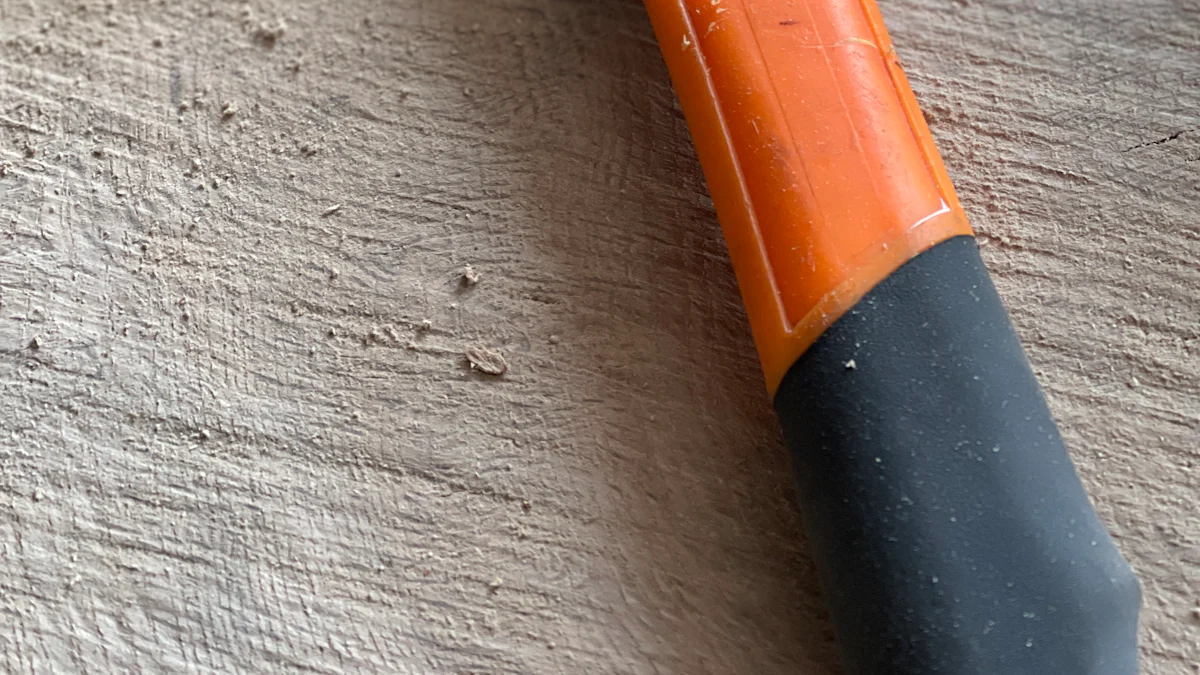
Welcome to the comprehensive manual for beginners on swaging hand tools. In this guide, we will explore the essential aspects of swaging hand tools and their significance in various applications. Choosing the right tool is crucial for achieving optimal results, ensuring safety, and maximizing efficiency. Let’s delve into the world of swaging hand tools and equip you with the knowledge to make informed decisions.
Introduction to Swaging Hand Tools
What Are Swaging Hand Tools?
Swaging hand tools are essential devices used to crimp or swage metal sleeves, also known as ferrules, onto wire ropes or cables. These tools come in various types, including manual, hydraulic, and lever-type tools. Swaging hand tools play a critical role in creating secure connections between wire ropes and fittings. They are designed to ensure the integrity and strength of the connection, providing reliability and safety in various applications.
Rotary swaging is a cold working process that is commonly used to reduce the diameter, produce a taper, or add a point to a round workpiece. It can also impart internal shapes in hollow workpieces through the use of a mandrel. This method is highly efficient and economical, minimizing material waste while shaping metal parts effectively.
The Role of Swaging in Connections
The primary function of swaging hand tools is to create strong and durable connections between wire ropes and fittings. By using swaging hand tools, you can securely attach sleeves to wire ropes, ensuring that they remain intact under tension or load. This process prevents slippage or separation of components, making it an integral part of various industries such as construction, marine operations, and rigging applications.
The two-wheel swaging tool represents an advancement in tool design that addresses previous limitations. It offers versatility by accommodating different bearing sizes without requiring excessive force. Additionally, it can be utilized with commonly available vertical milling machines or handheld devices for enhanced convenience.
Selecting Your Swaging Tools and Sleeves

Now that you understand the fundamental role of swaging hand tools, it’s essential to delve into the process of selecting the right tools and sleeves. This step is crucial as it directly impacts the integrity and reliability of your connections.
Matching Tools to Wire Rope Diameter
Identifying Your Needs
Begin by assessing your specific requirements based on the wire rope diameter, material, and application. Consider factors such as load capacity, environmental conditions, and industry standards. This evaluation will guide you in determining the most suitable swaging hand tool for your intended purpose.
Types of Swaging Hand Tools
There are various types of swaging hand tools available, each designed to cater to different needs. Manual swagers offer simplicity and portability, making them ideal for smaller-scale projects. Hydraulic swagers provide enhanced force and precision, suitable for heavy-duty applications. Lever-type swagers offer a balance between manual operation and increased mechanical advantage. Understanding these distinctions will help you make an informed decision based on your specific requirements.
Choosing the Right Sleeves
Material Considerations
When selecting sleeves for swaging, consider the material composition carefully. Stainless steel sleeves are known for their corrosion resistance and durability, making them suitable for marine or outdoor applications. Copper sleeves are preferred for their electrical conductivity in specialized industrial settings. Aluminum sleeves offer lightweight solutions without compromising strength.
Size and Compatibility
Ensure that the selected sleeves align with the wire rope diameter while considering compatibility with your chosen swaging hand tool. It’s crucial to verify that the dimensions match precisely to achieve a secure connection without any compromise in structural integrity.
Mastering the Swaging Technique

Now that you have selected the appropriate swaging hand tools and sleeves, it’s time to master the swaging technique. This crucial step ensures that you achieve secure and reliable connections, promoting safety and efficiency in your applications.
Preparing for Swaging
Safety First
Before initiating the swaging process, prioritize safety measures. Wear protective gear such as gloves and safety glasses to shield yourself from potential hazards. Ensure that the work area is clear of any obstructions, providing ample space for maneuvering during the swaging operation.
Inspecting Your Tools
Thoroughly inspect your swaging hand tools before use. Check for any signs of wear, damage, or irregularities that might affect their performance. Verify that all components are securely fastened and functioning correctly to prevent any unexpected issues during the swaging process.
The Swaging Process
Step-by-Step Guide
- Prepare the Wire Rope: Straighten the wire rope and ensure that it is free from kinks or twists.
- Position the Sleeve: Place the sleeve onto the wire rope at the designated location for crimping.
- Select Your Tool: Choose the appropriate swaging hand tool based on your specific requirements and compatibility with the sleeve size.
- Crimp Securely: Apply consistent pressure using the swaging tool to crimp the sleeve firmly onto the wire rope.
- Inspect Connections: After crimping, visually inspect each connection to ensure a tight and secure fit without any signs of slippage or misalignment.
Troubleshooting Common Issues
- Uneven Crimps: If you notice uneven crimps or irregularities in shape, reposition the sleeve and carefully repeat the crimping process to achieve uniform compression.
- Sleeve Slippage: In case of sleeve slippage during crimping, readjust its position on the wire rope and ensure proper alignment before reattempting to crimp.
Remember, mastering the swaging technique requires practice and attention to detail. By following these steps diligently, you can create strong, reliable connections with confidence.
Maintaining Your Swaging Hand Tools
Regular Cleaning and Inspection
Maintaining the cleanliness and integrity of your swaging hand tools is paramount to ensure their optimal performance and longevity. Regular cleaning helps prevent the accumulation of debris, corrosion, or contaminants that could compromise the functionality of the tools. Begin by carefully inspecting each component for signs of wear, damage, or irregularities. This proactive approach allows you to identify any potential issues early on and take corrective measures promptly.
To clean your swaging hand tools effectively:
- Use a Mild Solvent: Wipe down the tools with a mild solvent to remove dirt, grease, or residue. Avoid harsh chemicals that could damage the tool’s surfaces.
- Inspect Moving Parts: Pay close attention to moving parts such as handles, jaws, and crimping mechanisms. Ensure they move smoothly without any obstructions or resistance.
- Check for Corrosion: Examine the surfaces for any signs of corrosion or rust formation. Address any areas of concern by gently removing corrosion and applying a protective coating if necessary.
- Verify Alignment: Confirm that all components are properly aligned and securely fastened to maintain precision during swaging operations.
Lubrication and Storage
After cleaning and inspection, it’s essential to apply lubrication to critical components for smooth functionality. Use a high-quality lubricant suitable for metal surfaces to reduce friction and wear while enhancing overall performance.
Remember:
- Apply Lubricant: Use an appropriate amount of lubricant on pivot points, hinges, and moving parts to maintain their operational efficiency.
- Store Properly: Store your swaging hand tools in a dry environment away from moisture or extreme temperatures. Consider using protective cases or designated storage containers to prevent damage during transportation or when not in use.
By following these maintenance practices diligently, you can ensure that your swaging hand tools remain in top condition, ready to deliver consistent results with every use.
In conclusion, swaging is a versatile metal forming method that offers efficient production with minimal material waste. It is a cold working forging process that alters the dimensions of an item, providing economic ways to produce products. As you conclude your journey into the world of swaging hand tools, remember to practice and explore the diverse applications of this technique. Embrace the opportunity to create secure connections with confidence and precision, knowing that swaging offers reliable solutions for various industries.
